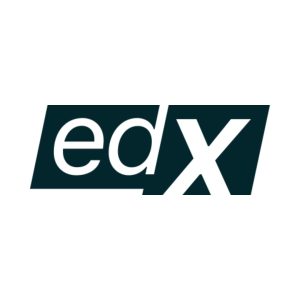IBM: Using GPUs to Scale and Speed-up Deep Learning
Training complex deep learning models with large datasets takes along time. In this course, you will learn how to use accelerated GPU hardware to overcome the scalability problem in deep learning.
About this course
Please Note: Learners who successfully complete this IBM course can earn a skill badge — a detailed, verifiable and digital credential that profiles the knowledge and skills you’ve acquired in this course. Enroll to learn more, complete the course and claim your badge!
Training acomplex deep learning model with a very large data set can take hours, days and occasionally weeks to train. So, what is the solution? Accelerated hardware.
You can use accelerated hardware such as Google’s Tensor Processing Unit (TPU) or Nvidia GPU to accelerate your convolutional neural network computations time on the Cloud. These chips are specifically designed to support the training of neural networks, as well as the use of trained networks (inference). Accelerated hardware has recently been proven to significantly reduce training time.
But the problem is that your data might be sensitiveand you may not feel comfortable uploading it on a public cloud, preferring to analyze it on-premise. In this case, you need to use an in-house system with GPU support. One solution is to use IBM’s Power Systems with Nvidia GPU and Power AI. The Power AI platform supports popular machine learning libraries and dependencies including Tensorflow, Caffe, Torch, and Theano.
In this course, you’ll understand what GPU-based accelerated hardware is and how it can benefit your deep learning scaling needs. You’ll also deploy deep learning networks on GPU accelerated hardware for several problems, including the classification of images and videos.
At a Glance:
Institution: IBM
Subject: Data Analysis & Statistics
Level: Intermediate
Prerequisites:
None
Language: English
Video Transcript: English
Associated skills:Electric Power Systems, Machine Learning, Convolutional Neural Networks, Scalability, Torch (Machine Learning), Public Cloud, Deep Learning, TensorFlow, Artificial Intelligence, Artificial Neural Networks





There are no reviews yet.